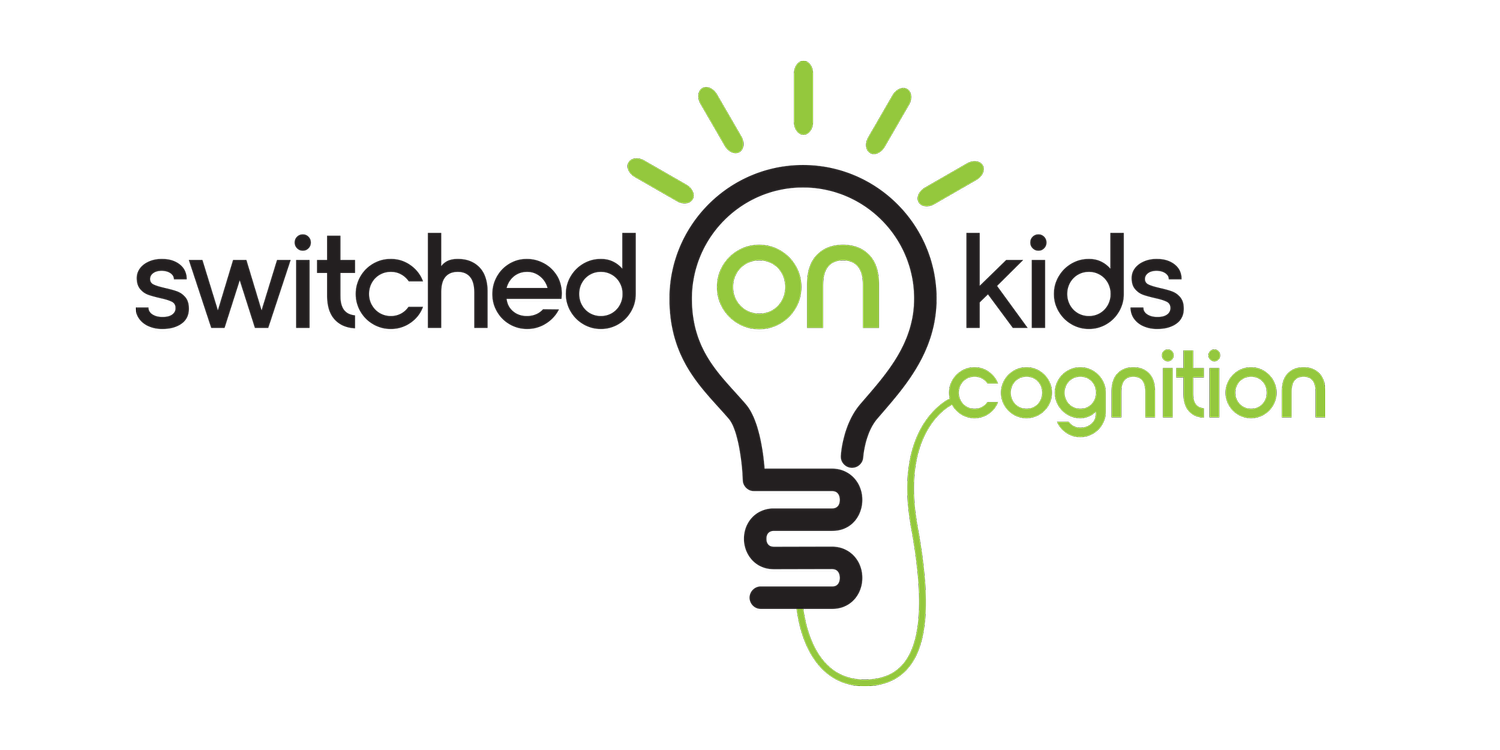Tips for training working memory
There have been hundreds of papers published on computerized brain training. The evidence is not overwhelmingly positive. Benefits tend to be short-term and do not “spill over” into everyday life. One of the biggest problems is that computerized programs tend to train only visuospatial working memory (it is difficult for a computer to record verbal responses). Additionally, they do not train real-life strategies such as chunking, rehearsal, and effective learning strategies.
However, there is plenty of evidence to suggest that working memory can be improved. But before you leap in … effective working memory training should include:
Specific working memory activities and exercises.
Explicit teaching of strategies and metamemory. Kids need to know how memory works and that they can “learn to learn”.
Strategies to encourage automaticity (once a kid masters a task or skill, they free up working memory to focus on other things).
All components of working memory (not just visual or verbal).
Strategies and activities must be based on procedures with a known evidence-base (e.g., rehearsal, n-Back).
Score sheets that demonstrate progress.
Ideas to make information personal and meaningful. If a child is engaged at the stage of memory “formation” they will be more likely to retain information.
Challenges that begin simple but get progressively harder and skills that improve over time.
Isn’t there an app for that?
Actually yes, there are dozens of them! Are they any good? Well, they won’t do you any harm, however there is limited evidence as to their effectiveness. Many make claims that cannot be substantiated. In 2016, one of the big players (Lumosity) was forced to pay $2 million dollars to settle Federal Trade Commission charges that they deceived paying customers who believed that by playing the games their kids would perform better in school or that they may delay age-related memory loss.
Working memory has a number of components that need to be targeted. In addition, the real challenge is to create long-lasting working memory gains that spill over into real life. The only way to do this is to learn strategies, practice activities, and apply skills in real-world settings. For example, encouraging a child to add “12+52” in their head, helping them learn to chunk and rehearse information and teaching them visualisation skills to help with reading comprehension. The success of any program (including speech, psych, OT etc) is continued practice at home and in the real world. Kids who receive both working memory training and training to use specific learning strategies are much more likely to show significant (lasting) improvements (Jones et al., 2020).
This is where the Switched-On Kids Cognition program comes in. The program combines therapist guidance, education, strategies and activities that are specifically designed to work on verbal and visual-spatial working memory!
To learn more about my 1:1 services please see HERE.
References
Jones, J.S. et al. (2020). The academic outcomes of working memory and metacognitive strategy training in children: A double‐blind randomized controlled trial. Developmental Science. 2020:e12870.


